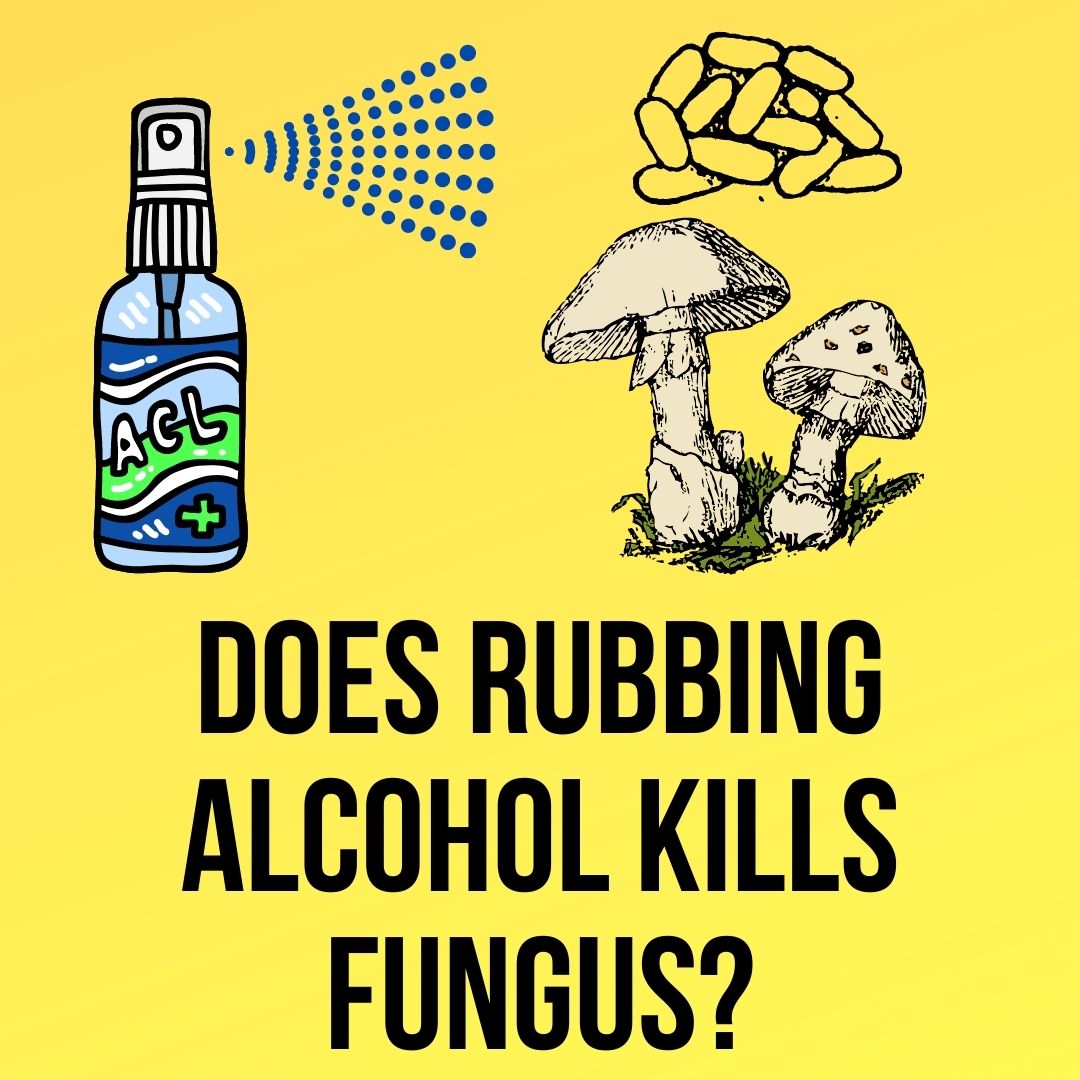
The Potent Power of Rubbing Alcohol: Efficacy in Eliminating Fungal Infections on Skin and Plants
Rubbing alcohol, also known as isopropyl alcohol, has long been a staple in households and healthcare settings for its versatile uses. One of its notable applications is its potential to combat fungal infections on both skin and plants. In this article, we will delve into the properties of rubbing alcohol that make it effective against fungi, explore its application on skin and plants, and provide guidelines for its safe and proper use.
Understanding Rubbing Alcohol:
Rubbing alcohol is a colorless liquid with a strong odor and antiseptic properties. It is composed of isopropyl alcohol, water, and sometimes additional ingredients to denature the alcohol, making it unsuitable for consumption. The primary mechanism by which rubbing alcohol acts against fungi is through its ability to disrupt the cell membranes and proteins of microorganisms, leading to their demise.
Rubbing Alcohol on Skin Fungus:
- Antifungal Properties: Rubbing alcohol exhibits potent antifungal properties, making it effective against various fungal infections that may afflict the skin. Common conditions such as athlete’s foot, ringworm, and nail fungus can be treated with the application of rubbing alcohol.
- Application on Skin: When using rubbing alcohol on the skin, it is crucial to dilute it to avoid skin irritation. A common recommendation is to mix one part rubbing alcohol with one part water before applying it to the affected area. This diluted solution can be applied using a cotton ball or swab, ensuring even coverage.
- Precautions and Considerations: Individuals with sensitive skin or open wounds should exercise caution when using rubbing alcohol. It is advisable to perform a patch test on a small area of skin to assess any adverse reactions before widespread application. If irritation persists, discontinuing use and seeking medical advice is recommended.
Rubbing Alcohol on Plant Fungus:
- Fungal Issues in Plants: Plants can be susceptible to fungal infections that manifest as diseases such as powdery mildew, black spot, and root rot. Rubbing alcohol can be an effective tool in managing these issues without resorting to more potent and potentially harmful chemical solutions.
- Application on Plants: To treat plant fungus with rubbing alcohol, a diluted solution is again recommended. Mixing one part rubbing alcohol with nine parts water is a common ratio. This mixture can be sprayed onto affected plant surfaces, ensuring thorough coverage. It is essential to treat plants in a well-ventilated area to minimize the inhalation of fumes.
- Caution with Certain Plants: While rubbing alcohol is generally safe for many plants, some may be more sensitive to its application. It is advisable to test the solution on a small portion of the plant before treating the entire plant. Additionally, avoid using rubbing alcohol on plants that are already stressed or dehydrated, as it may exacerbate their condition.
Safety Guidelines for Using Rubbing Alcohol:
- Ventilation: Whether applying rubbing alcohol to skin or plants, adequate ventilation is crucial. This helps disperse fumes and reduces the risk of inhalation. Perform treatments in well-ventilated areas or consider using a protective mask.
- Protective Gear: When applying rubbing alcohol, especially in larger quantities or concentrations, wearing protective gear such as gloves and goggles is advisable. This protects the skin and eyes from potential irritation.
- Storage and Handling: Store rubbing alcohol in a cool, dry place away from direct sunlight. Keep it out of reach of children and pets. When handling rubbing alcohol, follow proper safety measures to avoid accidental ingestion or contact with eyes.
- Consultation with Professionals: If uncertainties arise regarding the application of rubbing alcohol, whether on skin or plants, consulting with healthcare professionals or horticulturists can provide valuable insights. They can offer guidance tailored to specific situations and conditions.
Conclusion:
Rubbing alcohol, with its potent antifungal properties, can be a valuable asset in combating fungal infections on both skin and plants. When used cautiously and in accordance with recommended guidelines, rubbing alcohol can offer an effective, accessible, and economical solution to address these issues. However, users should remain mindful of potential risks, follow safety protocols, and seek professional advice when in doubt. As with any treatment, individual responses may vary, and it is essential to monitor for adverse reactions.
(FAQs) about Using Rubbing Alcohol for Skin and Plant Fungus
1. What is rubbing alcohol, and how does it work against fungi? Rubbing alcohol, or isopropyl alcohol, is a colorless liquid with antiseptic properties. It works against fungi by disrupting their cell membranes and proteins, ultimately leading to their destruction.
2. Can rubbing alcohol be applied directly to the skin for fungal infections? While rubbing alcohol can be used for skin fungal infections, it should be diluted to avoid irritation. A common recommendation is to mix one part rubbing alcohol with one part water before applying it to the affected area.
3. Are there specific fungal infections on the skin that rubbing alcohol is particularly effective against? Rubbing alcohol is effective against various skin fungal infections, including athlete’s foot, ringworm, and nail fungus. However, its efficacy may vary, and individual responses differ.
4. How should rubbing alcohol be applied to plants to treat fungal infections? For plants, a diluted solution is recommended. Mix one part rubbing alcohol with nine parts water and spray it onto affected plant surfaces. Ensure thorough coverage, and treat plants in well-ventilated areas.
5. Can rubbing alcohol harm certain types of plants? While generally safe for many plants, some may be more sensitive to rubbing alcohol. It is advisable to test the solution on a small portion of the plant before treating the entire plant.
6. What precautions should be taken when using rubbing alcohol on the skin? Users with sensitive skin or open wounds should dilute rubbing alcohol and perform a patch test before widespread application. If irritation persists, discontinue use and seek medical advice.
7. Is there a specific concentration of rubbing alcohol that is recommended for skin or plant use? For skin, a common recommendation is a 1:1 ratio of rubbing alcohol to water. For plants, a 1:9 ratio is often suggested. These ratios help balance effectiveness while minimizing the risk of irritation.
8. Can rubbing alcohol be harmful if inhaled during application? Adequate ventilation is crucial when using rubbing alcohol to minimize inhalation risks. Performing treatments in well-ventilated areas or using protective masks can help disperse fumes.
9. Are there alternatives to rubbing alcohol for treating skin and plant fungal infections? Yes, there are alternative antifungal treatments available for both skin and plants. Consult with healthcare professionals or horticulturists to explore other options based on specific needs and conditions.
10. What should I do if I experience adverse reactions to rubbing alcohol? If adverse reactions occur on the skin or plants, discontinue use immediately. For skin issues, seek medical advice. For plant concerns, consult with horticulture experts for alternative solutions and guidance.

My name is Logan, and I’m a 36-year-old dad who owns a small pressure-washing company in the suburbs of Atlanta, Georgia. My main goal with rubbing-alcohol.com is to show you how versatile isopropyl rubbing alcohol can be! I hope. You find it useful.
